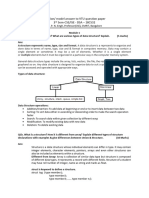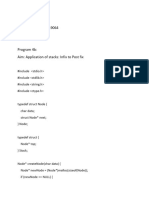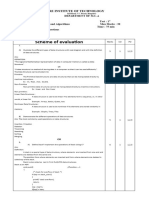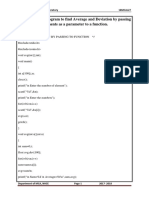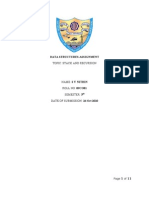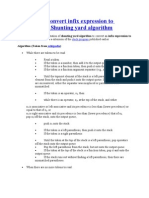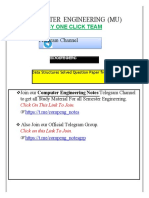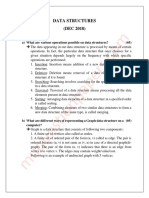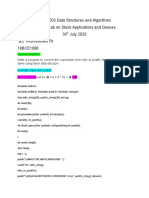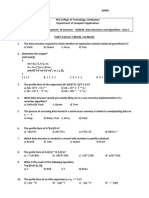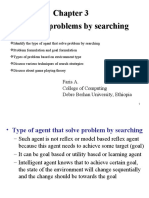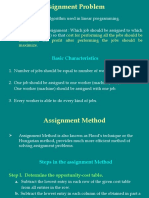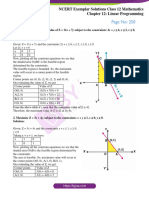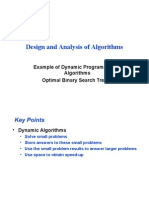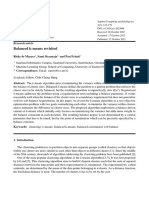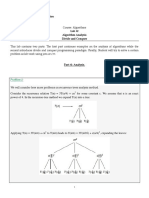0% found this document useful (0 votes)
32 views3 pagesData Structures Answers-1
The document provides a comprehensive overview of data structures, including the differentiation between linear and non-linear types, evaluation of a postfix expression using a stack, and various methods for graph representation in memory. It also includes C code for inserting and deleting in a linear queue as a linked list, constructing a Huffman tree for the word 'structures', and converting infix expressions to postfix. The content is structured as a question-and-answer format, suitable for a data structure examination paper.
Uploaded by
heenaknoorCopyright
© © All Rights Reserved
We take content rights seriously. If you suspect this is your content, claim it here.
Available Formats
Download as DOCX, PDF, TXT or read online on Scribd
0% found this document useful (0 votes)
32 views3 pagesData Structures Answers-1
The document provides a comprehensive overview of data structures, including the differentiation between linear and non-linear types, evaluation of a postfix expression using a stack, and various methods for graph representation in memory. It also includes C code for inserting and deleting in a linear queue as a linked list, constructing a Huffman tree for the word 'structures', and converting infix expressions to postfix. The content is structured as a question-and-answer format, suitable for a data structure examination paper.
Uploaded by
heenaknoorCopyright
© © All Rights Reserved
We take content rights seriously. If you suspect this is your content, claim it here.
Available Formats
Download as DOCX, PDF, TXT or read online on Scribd
/ 3


